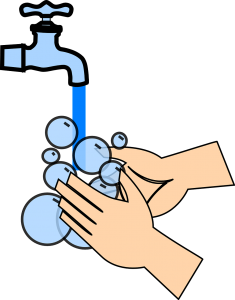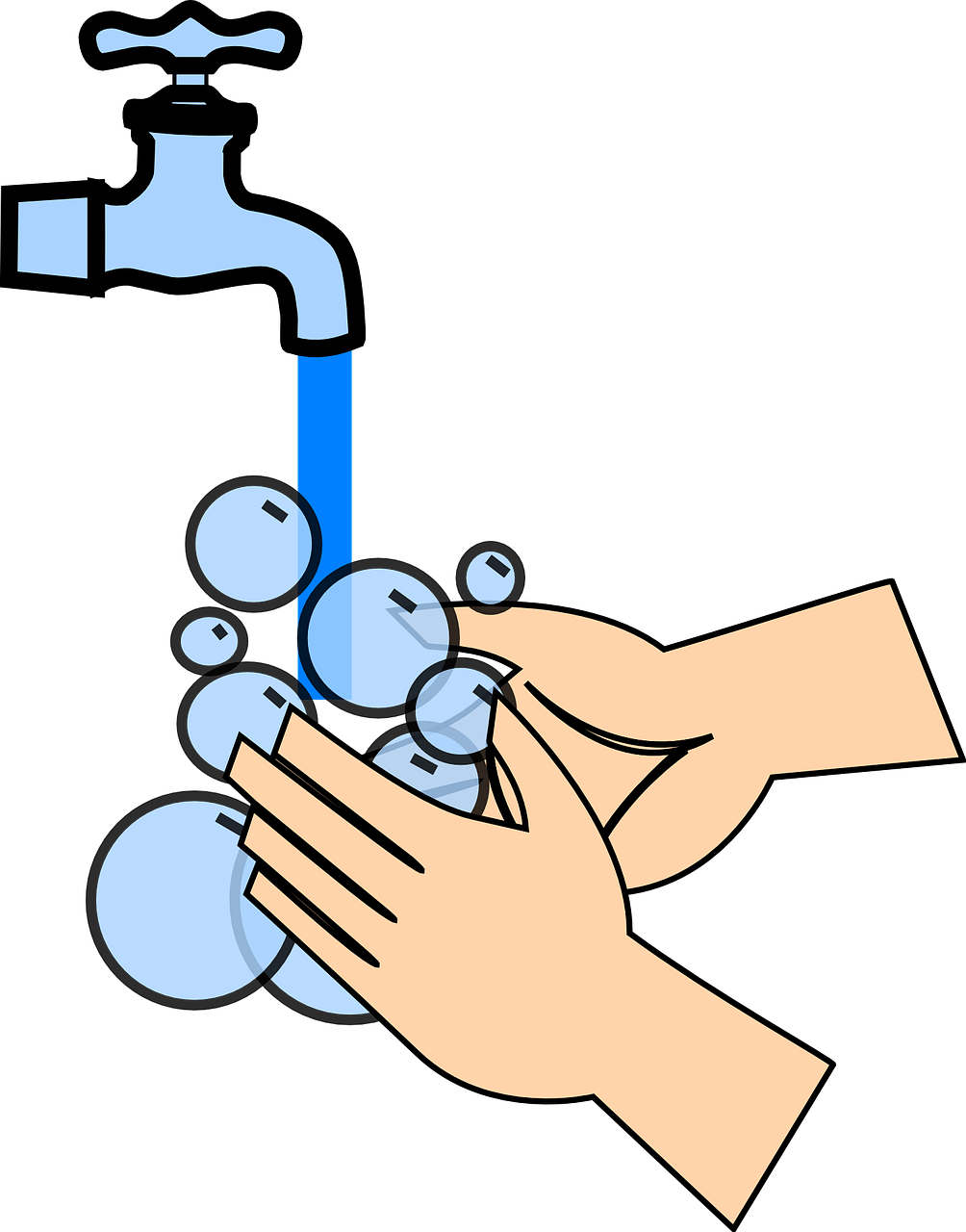This post is also available in Dutch.
Some children need to perform certain behaviour over and over again, not because they like it but because it doesn’t feel right if they don’t. This is known as compulsive behaviour. This behaviour can take up hours each day. Researchers at the Donders Institute are trying to figure out what happens in the brain of children that show compulsive behaviour.

Repeated hand washing is an example of compulsive behaviour
Picture from https://pixabay.com/en/hands-washing-hygiene-wash-311366/ (CC0 1.0 Universal)
Compulsive behaviour is a type of behaviour that is performed repetitively, in a habitual or stereotyped manner because the person feels the need to, even though they have no control over it and they cannot stop it. This behaviour is part of a group of symptoms found in obsessive compulsive disorder (OCD), but it occurs also in many other childhood disorders, such as ADHD, autism or tic disorder. Compulsivity in children seems to differ from compulsivity in adulthood in that it often goes together with other problems, and that biological causes have a greater role. Usually, compulsive behaviour is present between the ages of 9 to 13.
Many children with compulsive behaviour are treated with cognitive therapy or medication, but a lot of them do not respond to this treatment, or only partly. It is extremely difficult to determine who will or will not respond to treatment, and why treatment does not work for some people. Since we do not know the causes of the disorder yet, we still have to find a suitable treatment.
What do we know already?
Techniques such as Magnetic Resonance Imaging have contributed to researchers learning more about the role of the brain in compulsivity. There is a circuit in the brain, the fronto-striatal circuit. Part of this circuit is involved in the behaviour we produce, and another part relates events in our environment to this behaviour. Researchers here at the Donders think that a disturbance in this brain circuit is related to the difficulty to control behaviour, in children with compulsive behaviour.
Glutamate is a chemical in the brain. Potentially, a deviation from the regular glutamate levels in the brain is causing this disturbance in the fronto-striatal circuit. Glutamate has been shown to be different in children with compulsive syndromes compared to those without. What remains unknown is which specific parts of the brain have deviated glutamate levels from the norm, and whether this deviation is a direct cause for compulsive behaviour.
Compulsivity is highly heritable and the search for genes involved in children with compulsive behaviour has been going on for several years. We now know that there are several different genes that contribute together towards this behaviour. What is interesting about these genes is that they affect glutamate in the fronto-striatal circuit.
Our study
Researchers at the Donders Institute, together with colleagues across Europe, are investigating compulsive behaviour in children between the ages of 8 to 12. This research is performed in children with obsessive compulsive disorders (OCD), as well as those with autism, ADHD and tic disorders.
More information
This study is part of TACTICS, a large internxational project investigating compulsivity in childhood and adolescence.
This blog has been written by Jill Naaijen. Jill is a PhD student working within TACTICS. Her research focuses on glutamatergic deficits in ADHD, ASD and OCD, both on genetic and brain level.
Edited by Nietzsche
